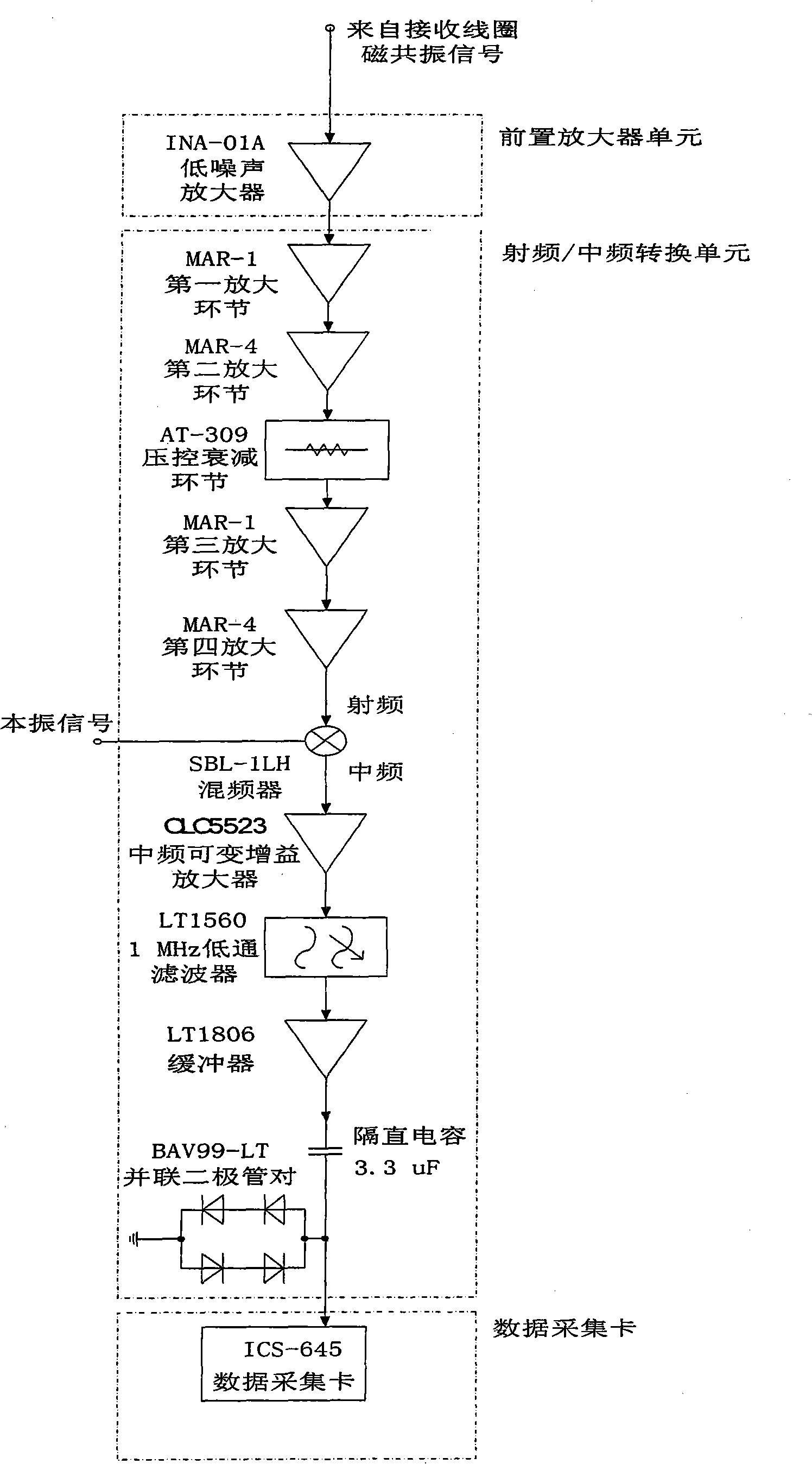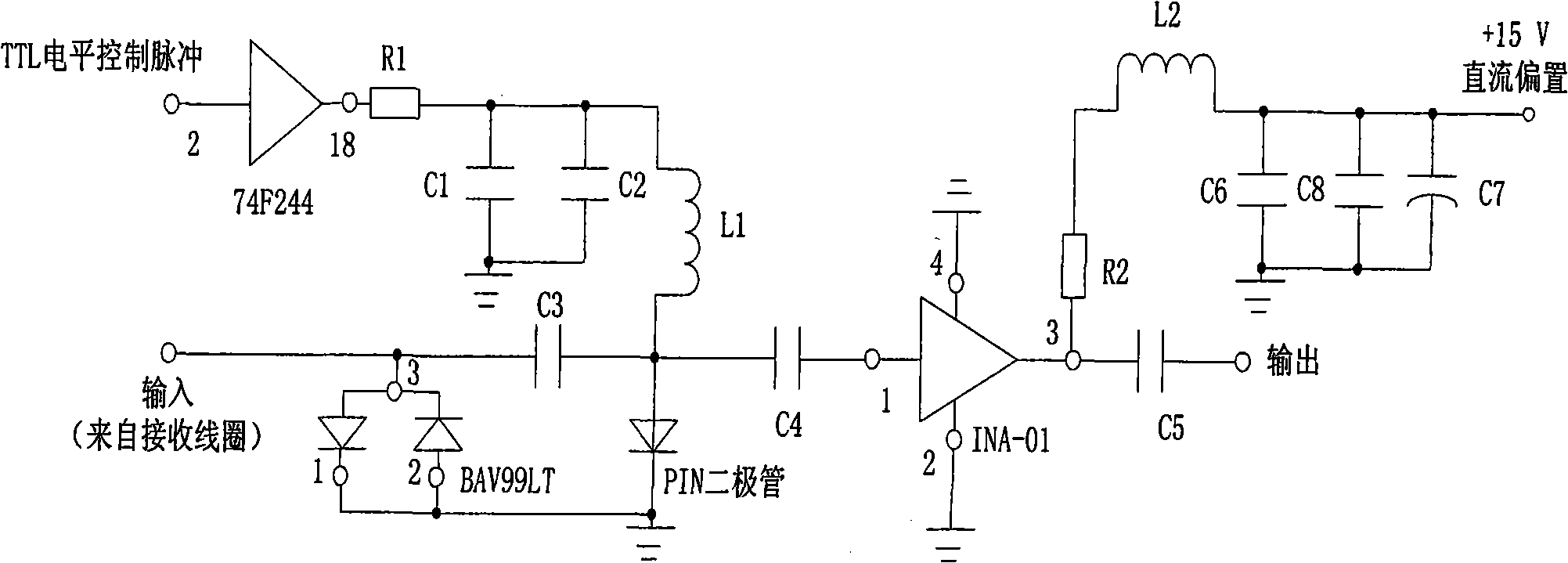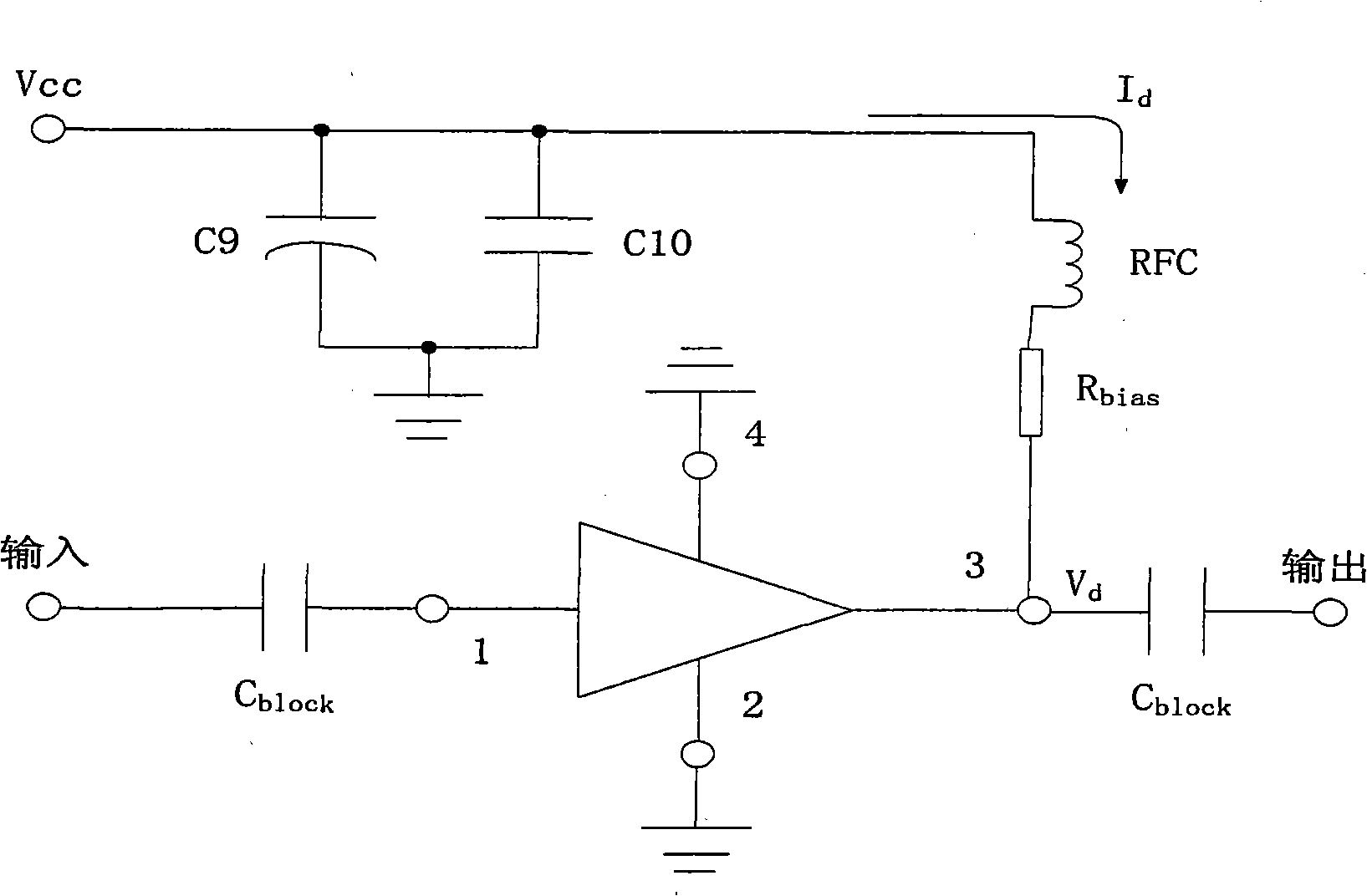Nano-upgrading sample nuclear magnetic resonance detection digital receiver
A digital receiver, nuclear magnetic resonance technology, applied in magnetic resonance measurement, analysis by nuclear magnetic resonance, etc., can solve the problems of DC offset error, spectral distortion, instability and other problems of the signal processing channel, and achieve the reduction of system noise and spectrum. The effect of spectral line broadening
- Summary
- Abstract
- Description
- Claims
- Application Information
AI Technical Summary
Problems solved by technology
Method used
Image
Examples
Embodiment Construction
[0014] like figure 1 As shown, the present invention consists of a preamplifier unit, a radio frequency / intermediate frequency conversion unit and a data acquisition card, the preamplifier unit includes a low noise amplifier, and the radio frequency / intermediate frequency conversion unit includes a radio frequency gain controller, a mixer, an intermediate frequency variable gain Amplifiers, low-pass filters, buffers, DC blocking capacitors, and voltage-limiting diode pairs. First, the nuclear magnetic resonance free induction attenuation signal generated by the sample under test from the receiving coil is input to the low noise amplifier, and then the amplified signal is sent to the RF / IF conversion unit for processing. In the RF / IF conversion unit, the nuclear magnetic resonance signal from the low noise amplifier is first sent to a radio frequency gain controller, which can further amplify the power of the signal; The signal is sent to the mixer for down-conversion, so that...
PUM
| Property | Measurement | Unit |
|---|---|---|
| diameter | aaaaa | aaaaa |
| noise figure | aaaaa | aaaaa |
Abstract
Description
Claims
Application Information
 Login to View More
Login to View More - R&D
- Intellectual Property
- Life Sciences
- Materials
- Tech Scout
- Unparalleled Data Quality
- Higher Quality Content
- 60% Fewer Hallucinations
Browse by: Latest US Patents, China's latest patents, Technical Efficacy Thesaurus, Application Domain, Technology Topic, Popular Technical Reports.
© 2025 PatSnap. All rights reserved.Legal|Privacy policy|Modern Slavery Act Transparency Statement|Sitemap|About US| Contact US: help@patsnap.com



